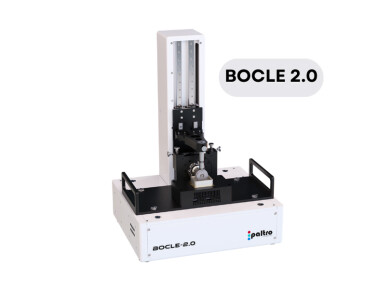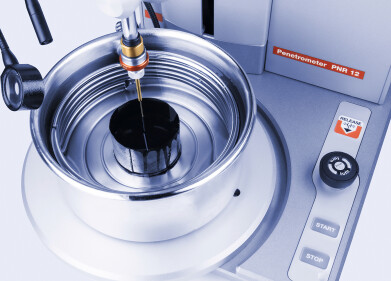Measurement and testing
New Application Note on Moving from a Wired to a Wireless Remote Monitoring System
Apr 26 2017
SignalFire Telemetry have recently released an application note ‘Wireless Remote Monitoring and Control System Offers Cost-Effective Solution for Tank Level Monitoring’.
Remote monitoring networks provide industries with the capability to automatically track and control various assets to improve operations while reducing costs. Wired remote sensing systems are the norm, especially in the oil and gas industry. In these configurations, sensors monitoring various assets are equipped with outputs that require hundreds of feet of wire to connect to a PLC. Analog 4-20mA current loop and Modbus interfaces are examples of communication protocols that can cope with long cable runs.
However, while offering advantages over taking manual readings from sensors or gauges, wired systems can pose limitations depending on the application regarding installation costs, sensor flexibility, and environmental influences. For example, if a remote monitoring application requires multiple sensors to monitor various parameters, a wired system requires each sensor be wired back to the controller using an interface port. For large systems, a wired system requires a large interface panel with many different interfaces.
A wireless system, on the other hand, will often have a digital communications interface (Modbus RS485), allowing for many sensors to be wirelessly “connected” to the controller through a single port. While beneficial when configuring a new controller, changing from a wired interface (with lots of individual input ports) to a gateway-based wireless system with a digital interface requires pre-planning. In lieu of making a complete changeover to a wired system, SignalFire supplies modules that can convert digital information into individual analogue channels, simulating the existing analogue interface. Although this is the easiest solution for a quick changeover and does not require any software changes, it does not utilise the vast increase in data and diagnostic benefits that come with changing the complete communications architecture to a wireless sensor control system.
There are several factors to consider when evaluating a move to a wireless remote monitoring and control system, instead of upgrading an existing wired system. In terms of finances, a wired system will have costs associated with running conduit over a large area and the potential additional expense of trenching, obviously, there are no such factors affecting wireless systems. Additionally, wireless systems use nodes to integrate sensors that send data directly to a gateway. When removing sensors for maintenance, the wireless nodes easily detach and re-attach without interference from wires. With a wired system, the wires can get damaged during maintenance and improper labelling can result in incorrect sensor replacement, underground cabling can be damaged when other trenches are dug for other underground conduit runs. Lightning can damage the sensor, as well as equipment further along the wire, but a wireless operator has no such concerns. Operators must also bear in mind the location of their system, it is often hugely impractical to run wires in certain areas, such as across a major road or river, whilst a wireless node can easily be installed on the either side of either feature and self configure and automatically connect to the network
When moving from a wired solution to a wireless one, consider all the aspects of the job. Is there a problem with what you have now? If so, are you willing to change the interface at the controller understanding that this change will allow you to take in much more data and diagnostic information than you had before? Is it more cost effective when considering the absence of cable, trenching and interface requirements? Deciding when to “pull the trigger” is the hardest part. SignalFire has found its customers benefit in the long term with a wireless system.
Digital Edition
PIN 25.6 Buyers' Guide
January 2025
Buyers' Guide Directory - Product Listings by Category - Suppliers Listings (A-Z) Articles Analytical Instrumentation - ASTM D7042: The Quantum Leap in Viscosity Testing Technology -...
View all digital editions
Events
SPE Hydraulic Fracturing Technology Conference and Exhibition
Feb 04 2025 The Woodlands, TX, USA
Feb 05 2025 Guangzhou, China
Trinidad and Tobago Energy Conference 2025
Feb 10 2025 Point Lisas, Trinidad
Feb 11 2025 Lagos, Nigeria
Feb 13 2025 Manama, Bahrain



















